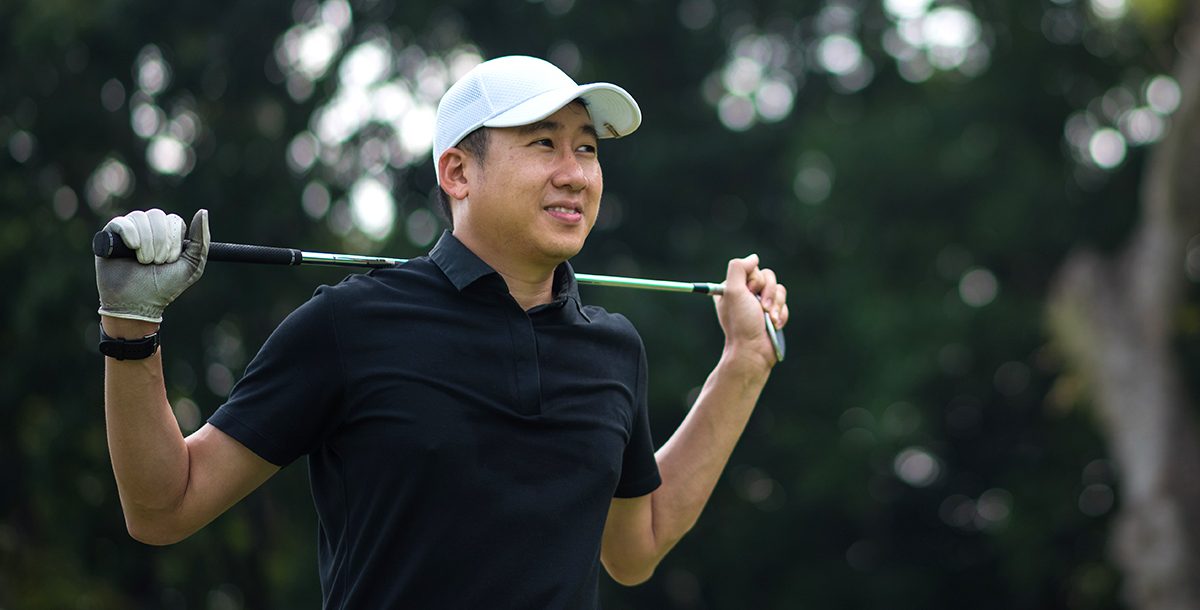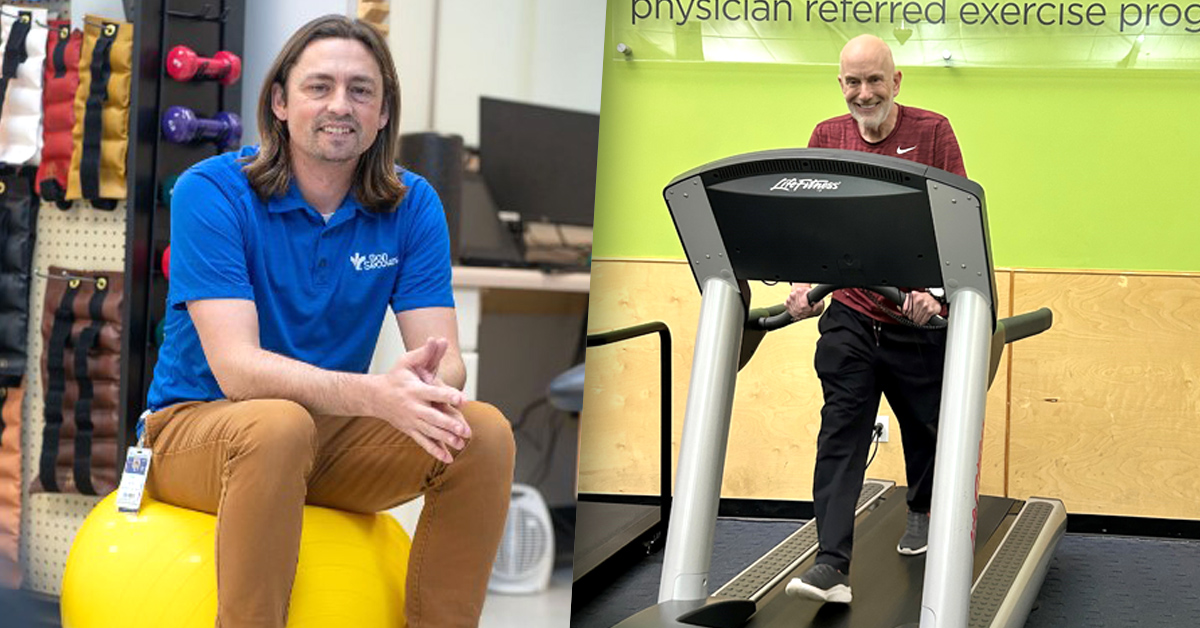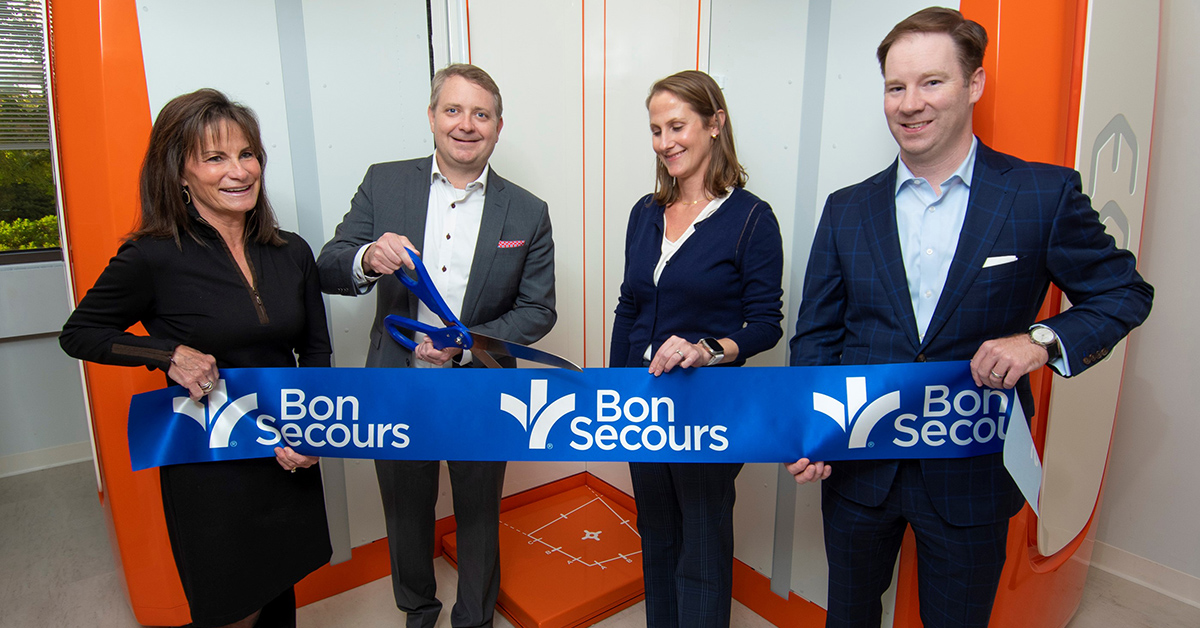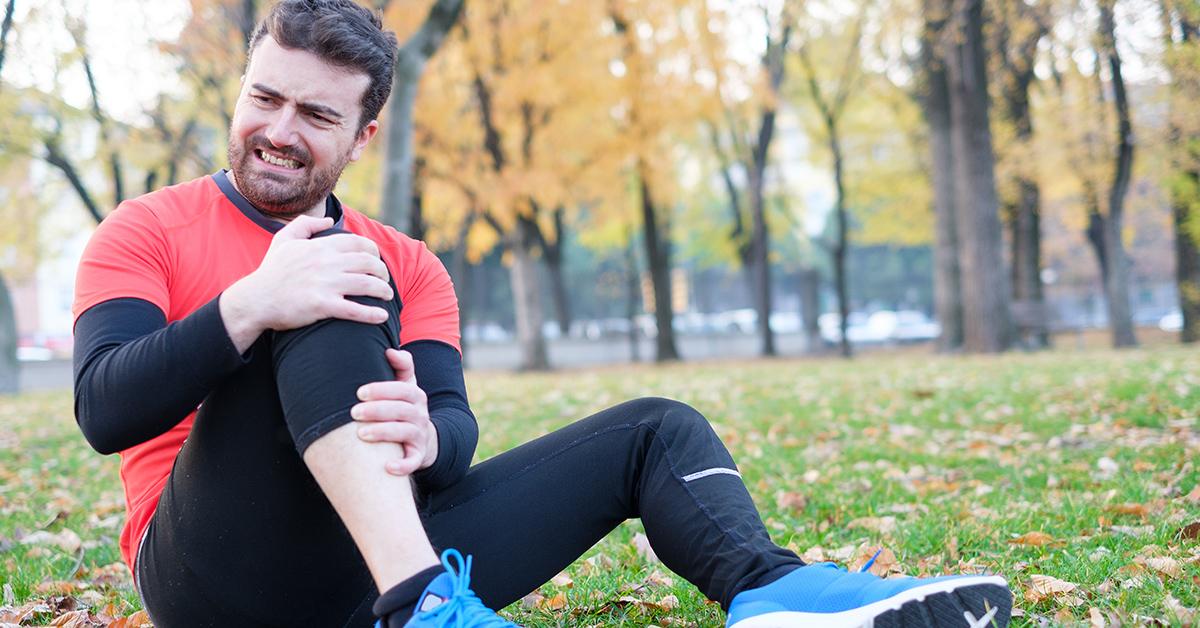As a physical therapist, Jonathan Compton, DPT, PT, OCS, helps patients every day with a variety of sports-related injuries. Each year, when warmer weather arrives and drives more people outdoors, he starts seeing an increase in treating injuries related to golf.
“As far as golf injuries go, there are no mulligans,” Jonathan jokes, who works with Bon Secours In Motion.
We all want to be able to fully engage in playing a round on the course with our friends. However, there are a lot of common golf injuries that could leave you behind at the clubhouse. Studies suggest the most common site to be injured during a round of golf is the low back. The back is followed closely by the elbow, shoulder and ankle.
Check out this breakdown of the most common golf injuries and a few proposed causes:
Low back pain
- Limitation in spine mobility
- Poor hip range of motion/flexibility
- Weakness of the core
- Poor swing mechanics
Elbow pain
- Limitations in forearm musculature flexibility
- Weakness of elbow musculature
- Poor swing mechanics
Shoulder pain
- Muscle imbalance of the chest
- Capsular tightness (limited range of motion in a particular pattern)
- Decreased rotator cuff strength
- Poor swing mechanics
“If I had to issue three exercises that I feel would benefit the average golfer and help them avoid injury, they would include the doorway stretch, the bridge and the open book,” says Jonathan.
The doorway stretch
Stand in the middle of an open doorway. Reach out with your palms facing forward and place your hands on the back of the door frame. Make sure your hands are placed high, almost level with your head. Carefully lean your body forward a little bit until you feel a natural stretch.
This stretch will help open your pectoralis major/minor. It will also help reduce stress on your shoulder cuff and improve the biomechanics of your shoulder.
The bridge
Lay down flat on your back. Bend your knees and place your feet flat on the floor. From there, you should be able to push your glutes and lower back off the floor. Hold this position for as long as you can, then bring your body slowly back down to rest.
This stretch will help you improve your glute and ab strength. This strength will help reduce stress on your lumbar spine, which can cause lower back pain.
The open book
This last stretch is one that involves rotation. This is super helpful for golf as 90% of speed in your golf swing comes from rotation. Maximizing your lumbar spine range of motion is another benefit.
Lay flat on your back. Pull your right knee towards your chest and then rotate to lay your right leg over your left leg. From here, lay both arms out horizontally. Move your head so you are looking towards your right hand and relax into the stretch. When done, repeat on the other side.
From all of us at Bon Secours, best of luck on this next golf season! May you find your fairways, miss the traps and may injuries stay far from you.
And if you do run into any pain or discomfort, we would love to play a part in getting you back on the course. Learn more about the sports medicine services we offer.





